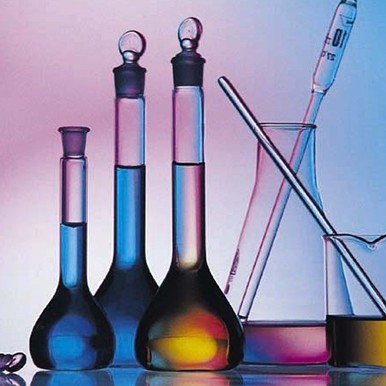
Chemistry lessons for every business
Allowing hazardous substances to come into contact with water, air or each other can have deadly consequences – why your clients should take great care when handling and storing chemicals.
While many people have heard of the Bhopal disaster, which was responsible for the deaths of upwards of 20,000 Indians to date and permanently disabled 120,000 more, few realise that water was the trigger for the deadly chain of events on 3 December 1984 at Union Carbide’s subsidiary pesticide plant. Water back flowing into a tank storing methyl isocyanate (MIC), which is water reactive, set off a run-away reaction that resulted in the plant releasing 27 tonnes of a deadly MIC gas into the air. If there’s one valuable lesson to be learnt from Bhopal – the worst chemical disaster of our times – it’s that you can never be too careful when dealing with hazardous chemicals.
Cross-contamination dangers
Mixing chemicals can have unexpected consequences, including pressure build-up, heat generation, release of toxic and/or flammable fumes/gases, flying sparks, fire and violent explosion. For example, charging lead-acid batteries, commonly found in cars, can generate hydrogen gas that is highly flammable.
Mixing some chemicals with air or water can also lead to violent reactions. For example, silane (SiH4) can ignite or explode instantly on contact with air, while chlorine trifluoride (ClF3) reacts explosively on contact with water.
Even some common household items are best kept safely away from each other. For example, sodium hypochlorite (NaOCl), a strong oxidising agent used in disinfectants and bleaching agents, can react with ammonia (also commonly used in bleaches, disinfectants and floor cleaners) to produce chloramines that are not only toxic but have explosive potential.
Chemical fire hazards
Fires and explosions caused by chemical reactions are not as rare as you might think – as a quick look at Zurich’s claims files soon reveals.
A million-dollar fire claim that occurred at a Brisbane liquid chemical drum recycling plant during the ‘90s illustrates the inherent dangers of not adequately separating incompatible chemicals. The company collected 5000-plus liquid chemical drums per week and stored them together on premises. Not only were the drums not segregated, but in some cases the operator did not even know their chemical contents.
One evening, an unknown number of rusty drums containing incompatible chemicals leaked. The chemicals ignited on contact and caused a massive fire, which destroyed the plant and caused extensive property damage to its surrounds. Luckily, the calamity occurred when the premises were closed, so there were no casualties.
Good housekeeping
It goes without saying that all chemical containers need to be properly labelled, and correct separation distances should be maintained between incompatible hazardous materials and dangerous goods. For example, the National Fire Protection Association (NFPA) requires that incompatible gases should be stored at least 20 feet apart.
Likewise, incompatible chemicals, including empty containers, should be stored separately and not share the same bunded (confined) areas, sumps (i.e. underground storage containers) or drains. In turn, a list of all chemicals used on site, along with their appropriate Material Safety Data Sheets (MSDSs), should be kept on premises and within easy access.
Many companies can be exposed to chemical risks, though some industries are especially vulnerable (see below).
Zurich Risk Engineering can provide brokers and their clients with a range of services to help them identify potential operational hazards and minimise their risks. Services include site risk assessments, risk improvements advice, team-based hazard analysis, risk assessment training for staff and hazard analysis training for team leaders.
Which clients are most at risk?
- Companies that use chemicals in the manufacturing process.
- Chemical/solvent recycling facilities.
- Gas cylinder operations.
- Garbage collection agencies.
- Engineering shops with on-site liquid oxygen supplies or welding carts with oxygen and acetylene cylinders located in close proximity within a confined space.